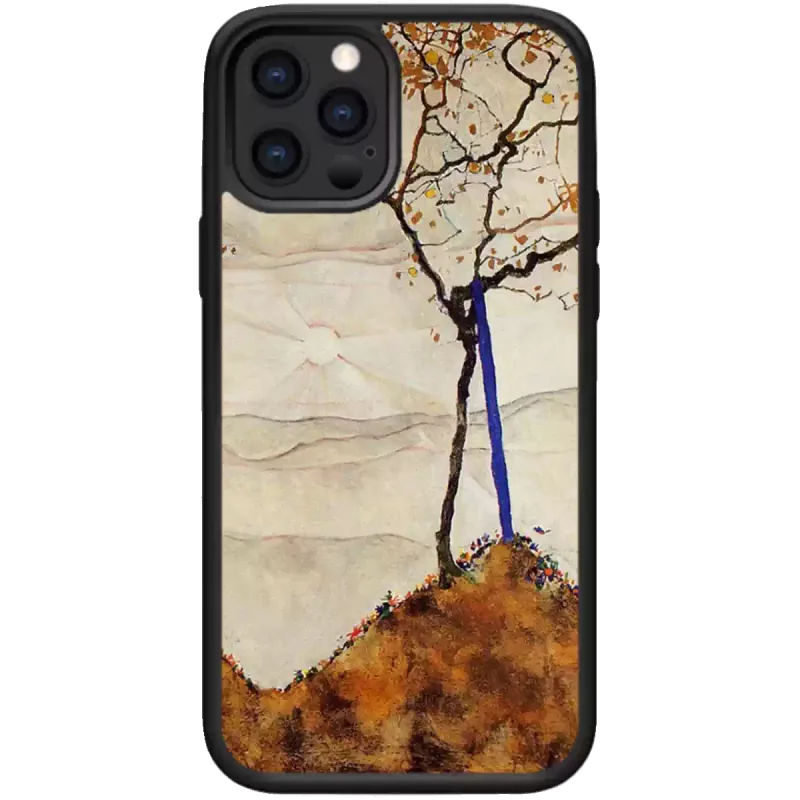— Every Case Tells a Story
Case Tells a Story
More than a protective case, it’s a work of art—a mark that is uniquely yours.
In a world saturated with uniform designs and mass-produced graphics, OWAYKI returns to the origin—bringing the raw, emotional power of art back to the palm of your hand.
Our Picasso-inspired collection of phone cases wasn’t created just to be different, but to tell stories. Stories of tenderness, of steadfastness, of time, and of blooming.
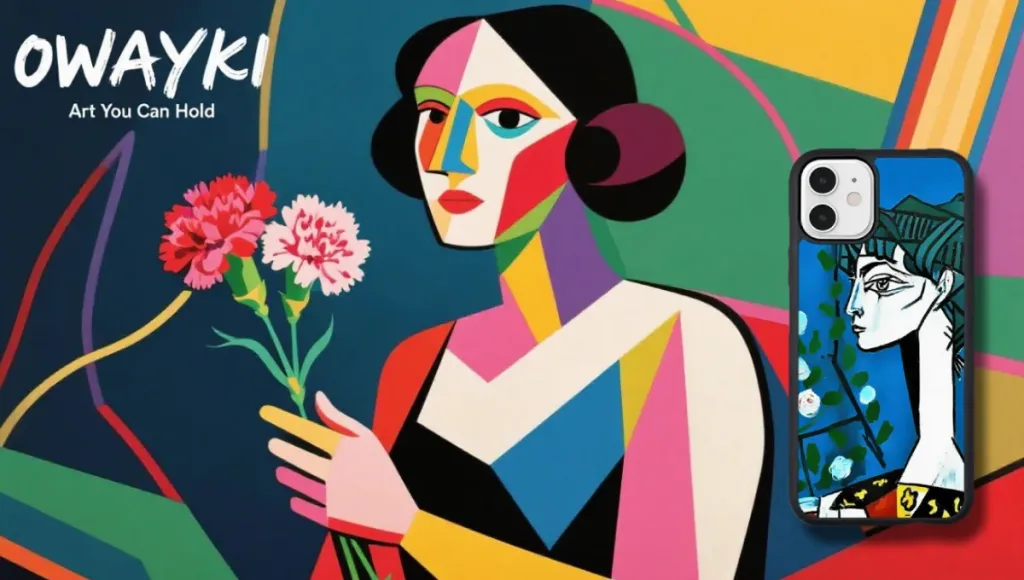
The Source of Inspiration: Jacqueline and the Flowers in Her Hand
It was the late 1950s. Picasso, in his later years and having weathered countless artistic storms, increasingly yearned for a sense of quiet consolation.
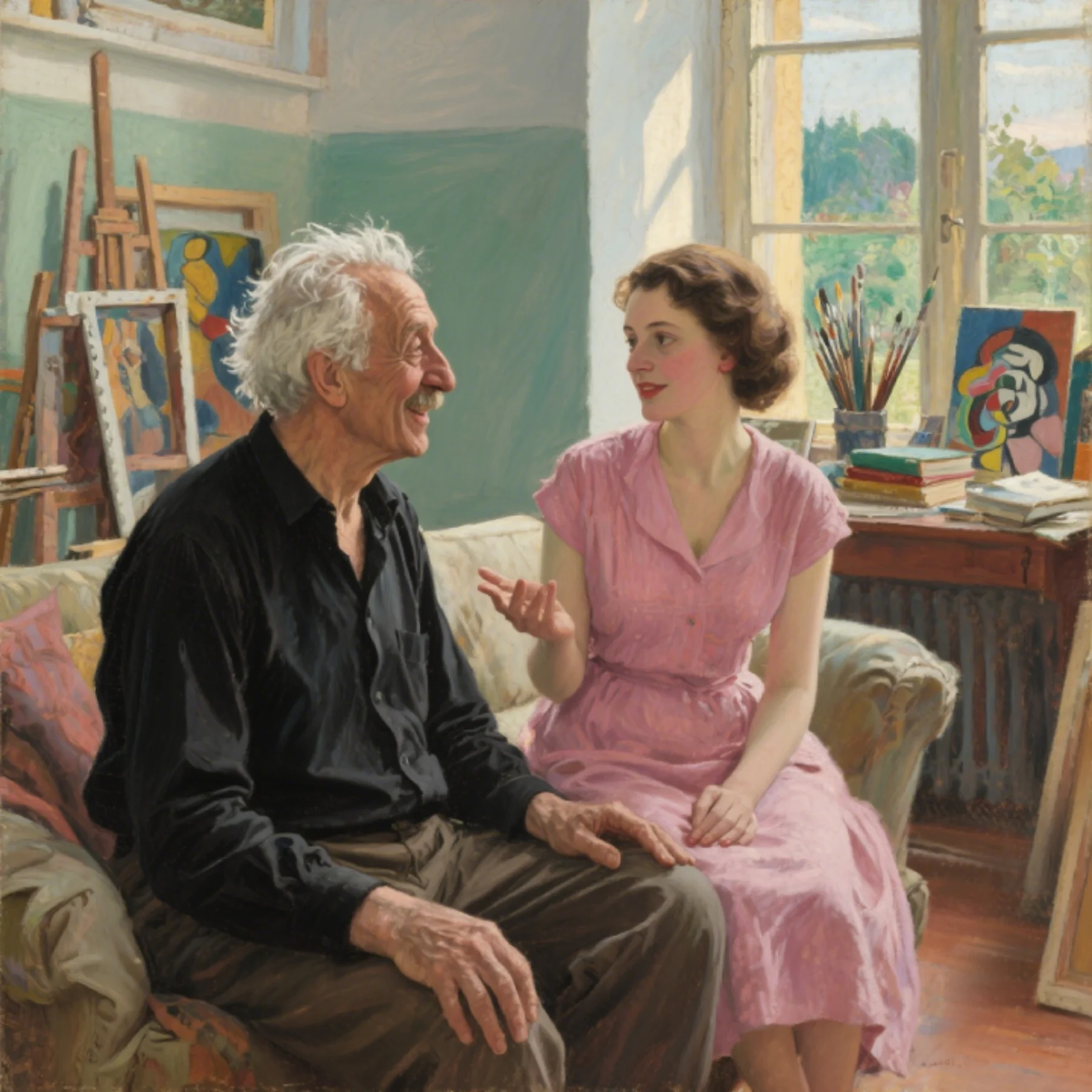
In Vallauris, in the South of France, he met Jacqueline Roque. She was young, serene, like an olive tree growing quietly in the sun, possessing a purity untouched by the world. Unlike the fiery women of Picasso’s past, Jacqueline’s gentle strength was a soft light that illuminated the studio of his twilight years. She would often appear before him holding fresh flowers—sometimes a small bunch of wild chrysanthemums, other times a few budding roses. In her hands, the flowers seemed to breathe with life.
Picasso once said, “Jacqueline’s eyes held the stars, and the flowers in her hand were a speaking silence.” Their relationship was not one of intense clashes, but of a quiet companionship that nourished him deeply. Beside her, Picasso’s brush seemed to soften, and it was in this atmosphere that Jacqueline with Flowers was born.
This is not a portrait that strives for hyper-realism, but a capture of Picasso’s own inner tenderness. Jacqueline’s silhouette is simplified into fluid curves, while the bouquet is rendered in exaggerated blocks of color. The edges of the petals have a casual, free-flowing quality, as if they might sway in the next breeze. The palette forgoes the intense conflicts of his past, replaced by soft pinks, elegant yellows, and tranquil blues, weaving a serene and warm ambiance. It does not dwell on detail, yet it exquisitely portrays the warmth and devotion hidden within the passage of time.
At the end of Picasso’s artistic journey, this work stands as a gentle footnote, a testament to his profound and peaceful companionship with Jacqueline, and a rare, tender chapter in his art.
The Hidden Details of Time and Companionship
The creation of this painting holds many details about time and companionship, and it is these fragments that enrich its emotional depth.
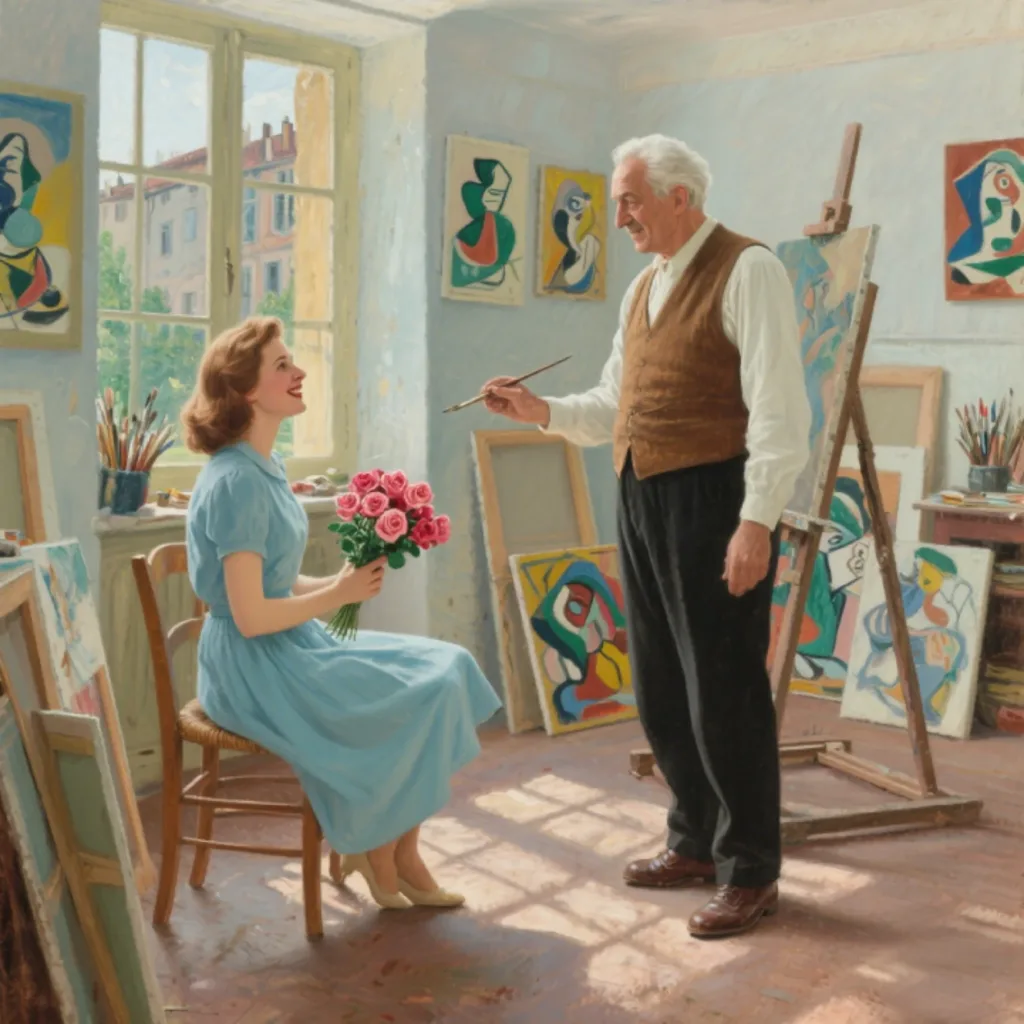
In the spring of 1957, the light in Vallauris was exceptionally soft. In Picasso’s studio, sunlight streamed through the tall windows, casting dappled patterns on the floor. Jacqueline sat in a wooden chair by the window, holding a bouquet of carnations just picked from the garden, their petals still dotted with morning dew. She said nothing, simply gazing outside with a faint smile.
Picasso set down his brush and watched her quietly. In that moment, he felt the entire world fall silent, leaving only the sunlight, the scent of flowers, and the woman before him. He picked up a piece of charcoal and gently sketched her silhouette, the lines lacking their usual sharpness, replaced by a careful, deliberate tenderness.
While painting, Picasso would often pause to talk with Jacqueline about his childhood. She would tell him stories of picking wildflowers in the countryside as a girl, and he would share tales of his early days sketching on the streets of Paris. These words flowed like a gentle stream into the colors on the canvas. He used a soft pink for the carnation petals, but dotted the center with a bright touch of orange, like a small stone cast into a calm pond, creating gentle ripples.
Once, Jacqueline accidentally knocked over the easel, leaving a dark ink stain on the canvas. She apologized in a panic, but Picasso simply smiled and shook his head. He picked up his brush and transformed the stain into a leaf, nestled perfectly beside the flowers. “Imperfection holds its own beauty,” he told her. “Just like this bouquet—with some flowers in full bloom and others still in bud—it is all the more moving.”
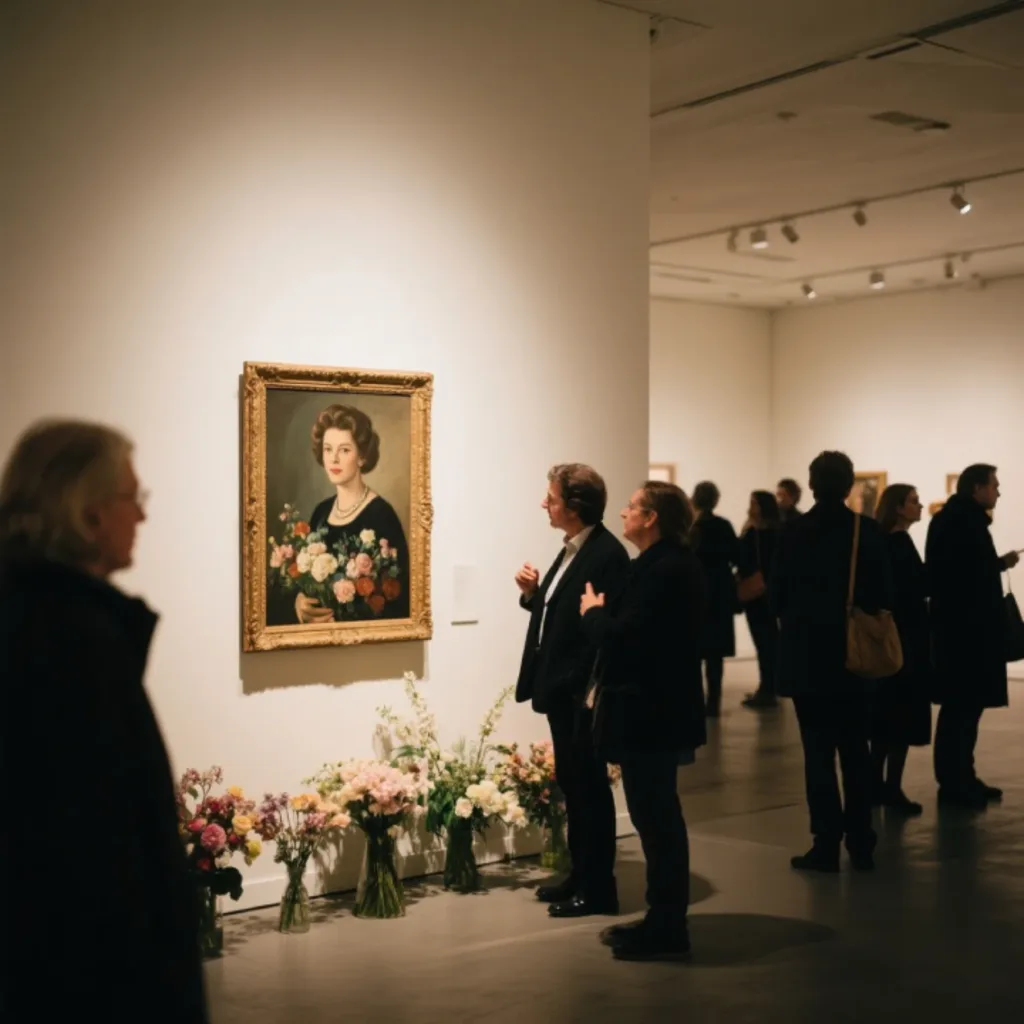
In 1961, Jacqueline with Flowers was exhibited in Paris. At first, people accustomed to Picasso’s tense and confrontational works were surprised by this gentle portrait. But gradually, more and more people found themselves lingering before it. An elderly woman with white hair looked at the painting, her eyes welling with tears. “It reminds me,” she whispered, “of the day my husband gave me my first bouquet.”
The painting was later treasured by a private collector, witnessing the joys and sorrows of his family through the years. When the collector’s daughter was married, he hung the painting in the living room. “I hope this painting,” he said, “brings her the same happiness that Jacqueline knew.”
We didn’t just copy it; we transformed its energy into design. This case is not a mere imitation, but a tribute. It carries the same spirit—to cherish the beauty in the ordinary, to feel the strength in gentleness, and to hold onto inner peace through the passage of time.
Today, those soft lines and warm blocks of color are condensed onto the case in your palm. The form of the carnations is still clear, and the leaf born from an ink stain has become a unique embellishment—a reminder that all experiences eventually become precious marks on our lives. Every line flows with the tenderness of time; every color holds an unspoken sentiment. What you hold is not just a phone case, but a concentrated portrait of emotion—a sliver of soul, tucked in your pocket.
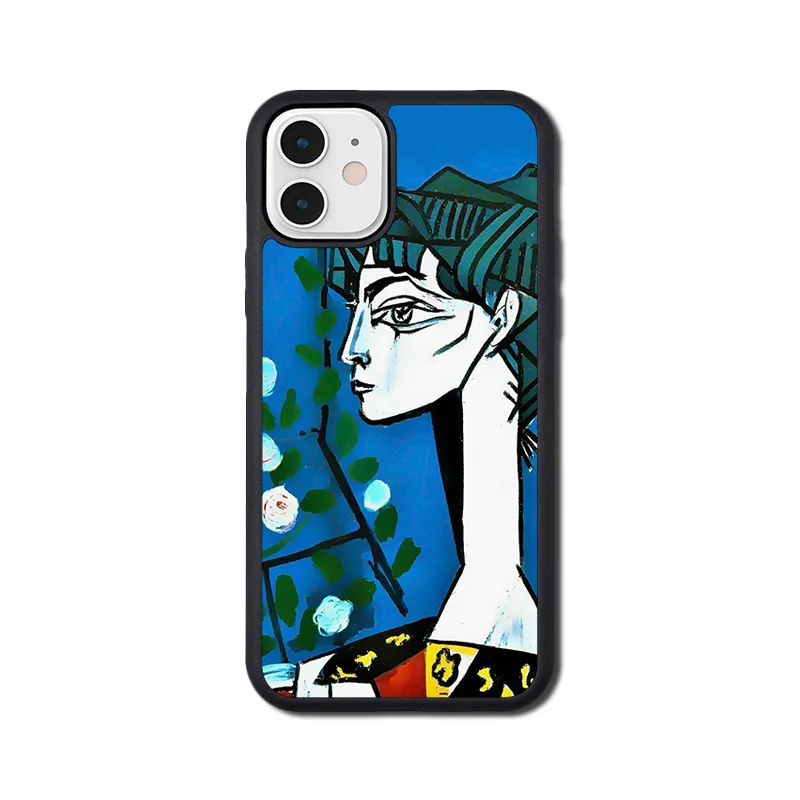
Why Translate a Painting into a Phone Case?
Because you carry more than a phone; you carry private thoughts.
This case is a private art gallery, a testament to emotions that are hard to speak but long to be expressed.
Because Gentleness Itself Deserves to be Seen.
It is not loud, but it has its own power. It is soft, warm, and imbued with the grace of time—just like life itself.
Because we don’t sell a style; we sell an attitude.
Each design has its origin, its story, and a touch of warmth. No shortcuts. No templates.
Born for life in New Zealand: slim, durable, and full of soul.
Take it with you on a walk along an Auckland beach, through the Christchurch Botanic Gardens, or to a quiet café in Dunedin. It will accompany your story, wherever it goes.
OWAYKI: Art You Can Hold
At OWAYKI, we don’t see a phone case as just an accessory. To us, it’s a small archive of emotion.
Each design is linked to a real work of art, a moment in history, or a feeling we’ve all had but struggled to put into words.
You don’t need an art degree to own it. Just a genuine desire to express your true self.
This case is born from an era of gentleness, inspired by a woman who bloomed in her own time.
Limited Edition — For Those Who Understand
We don’t mass-produce stories.
Each Picasso-inspired case is a limited print and will not be restocked.
Because some stories are meant to be told only once.

